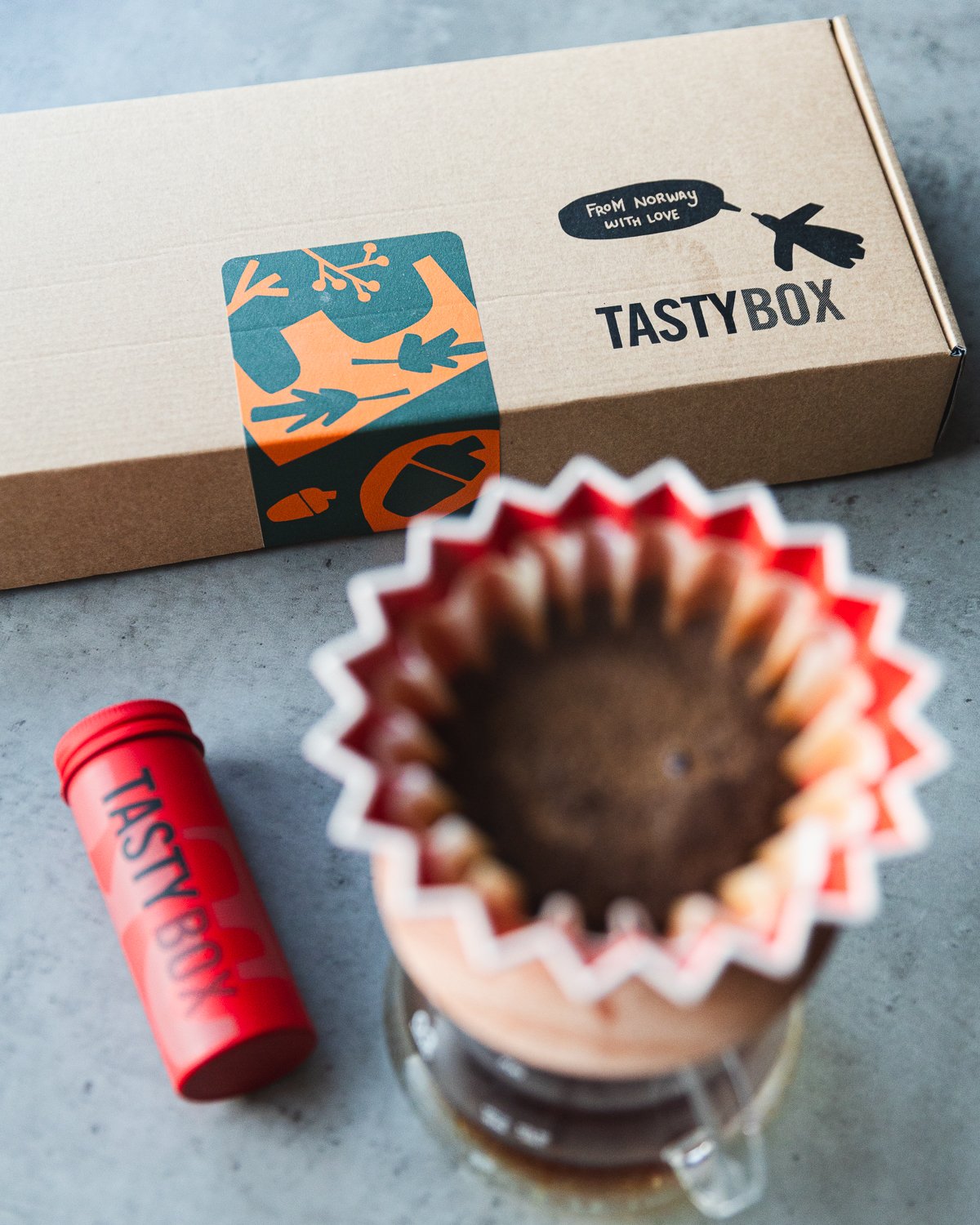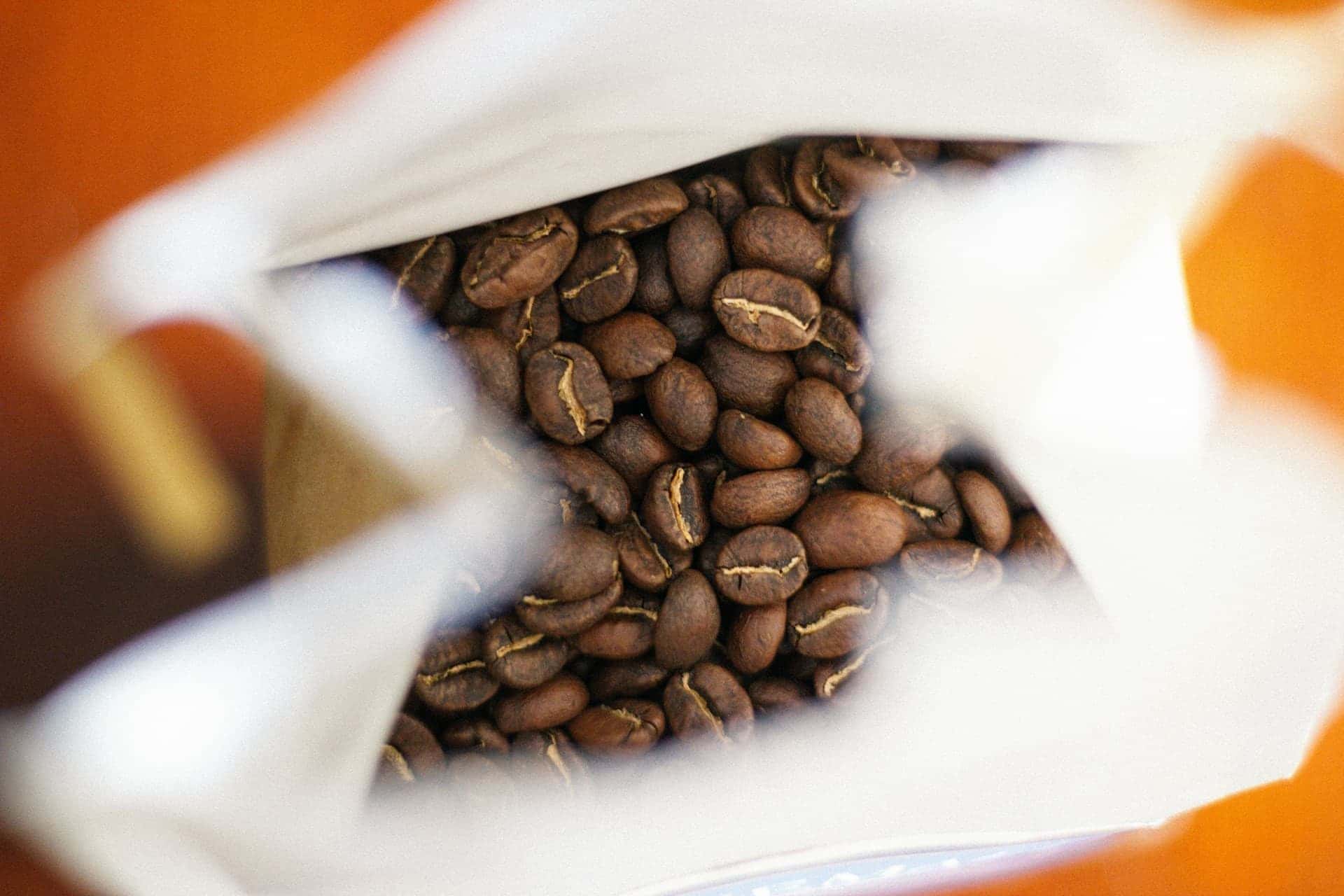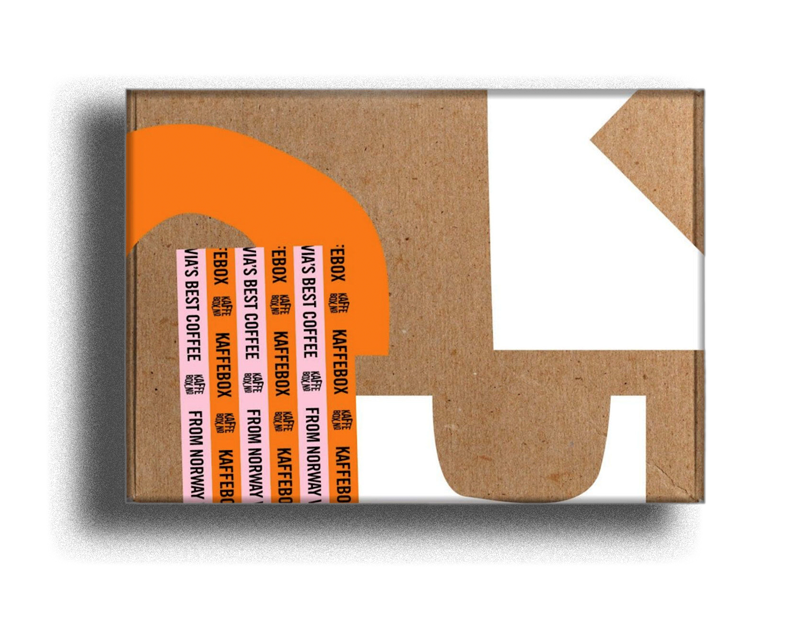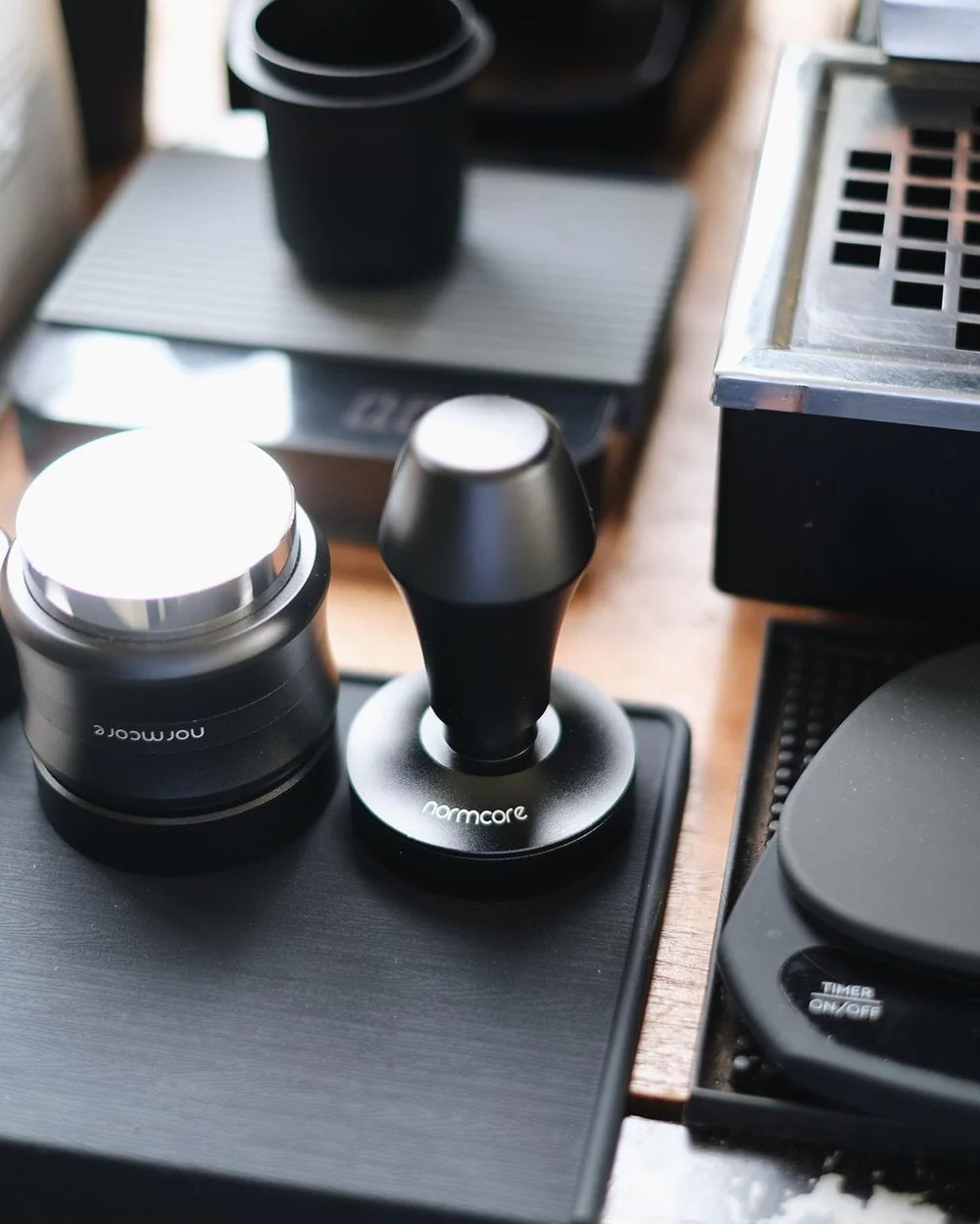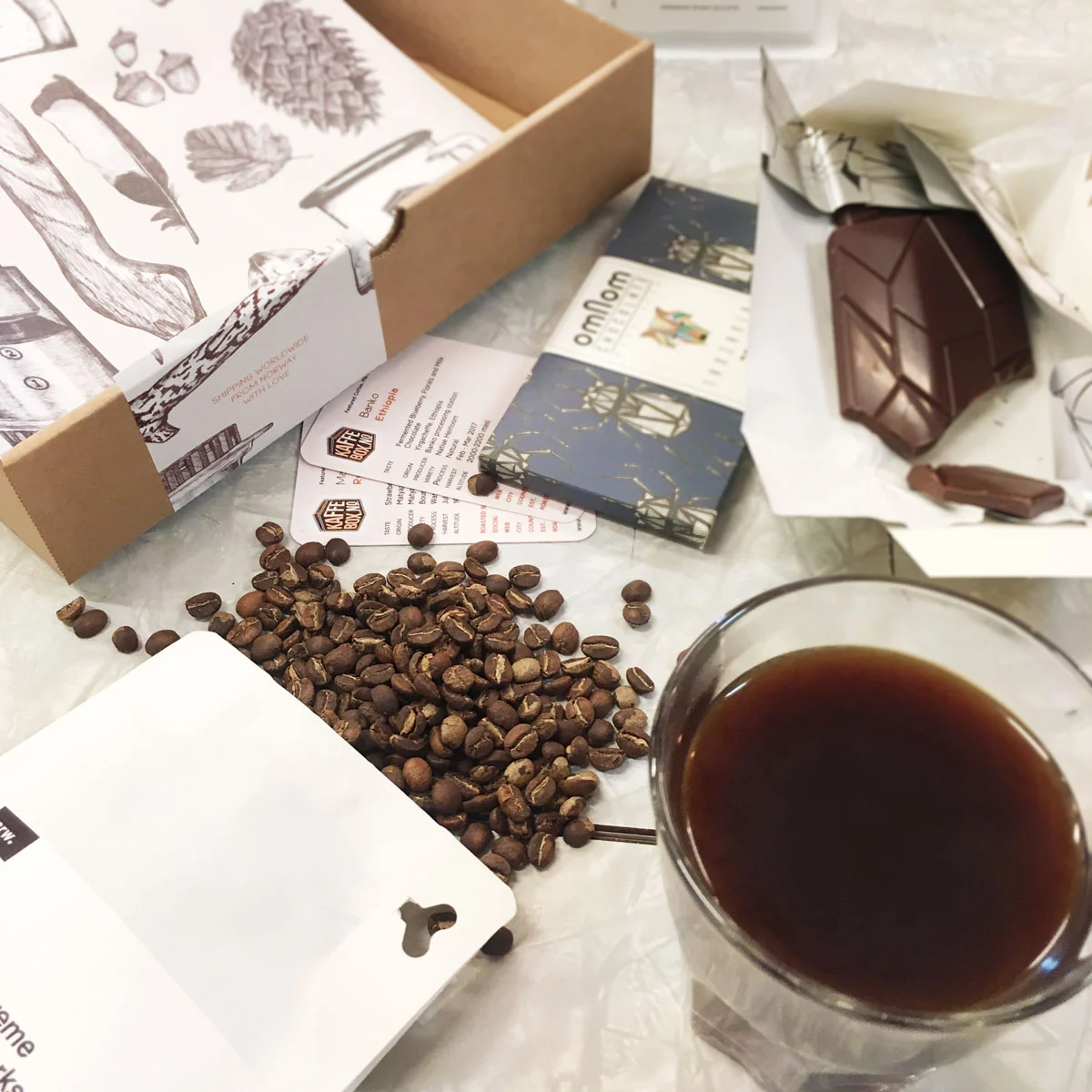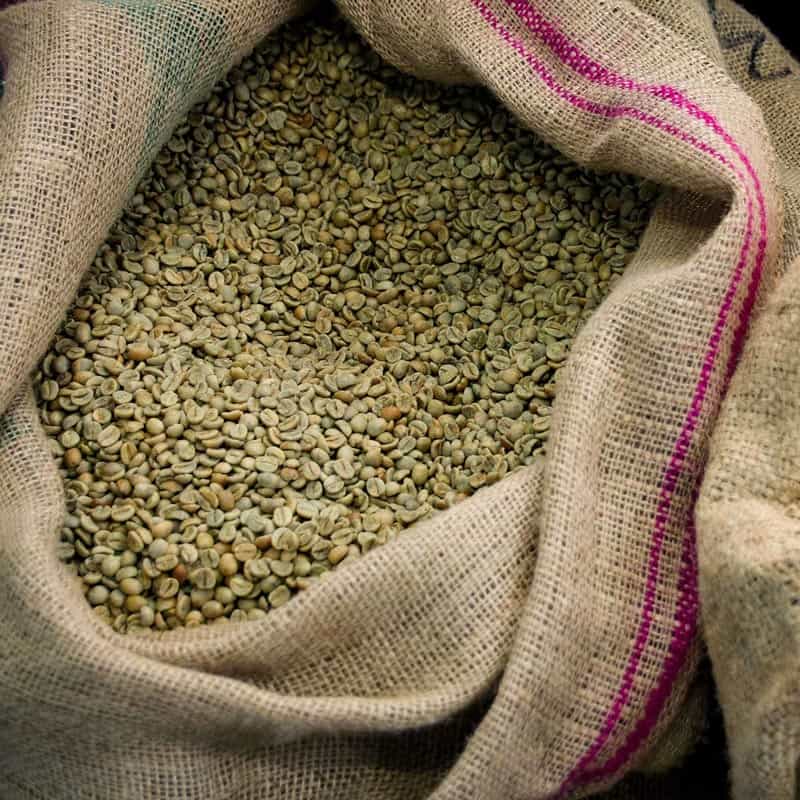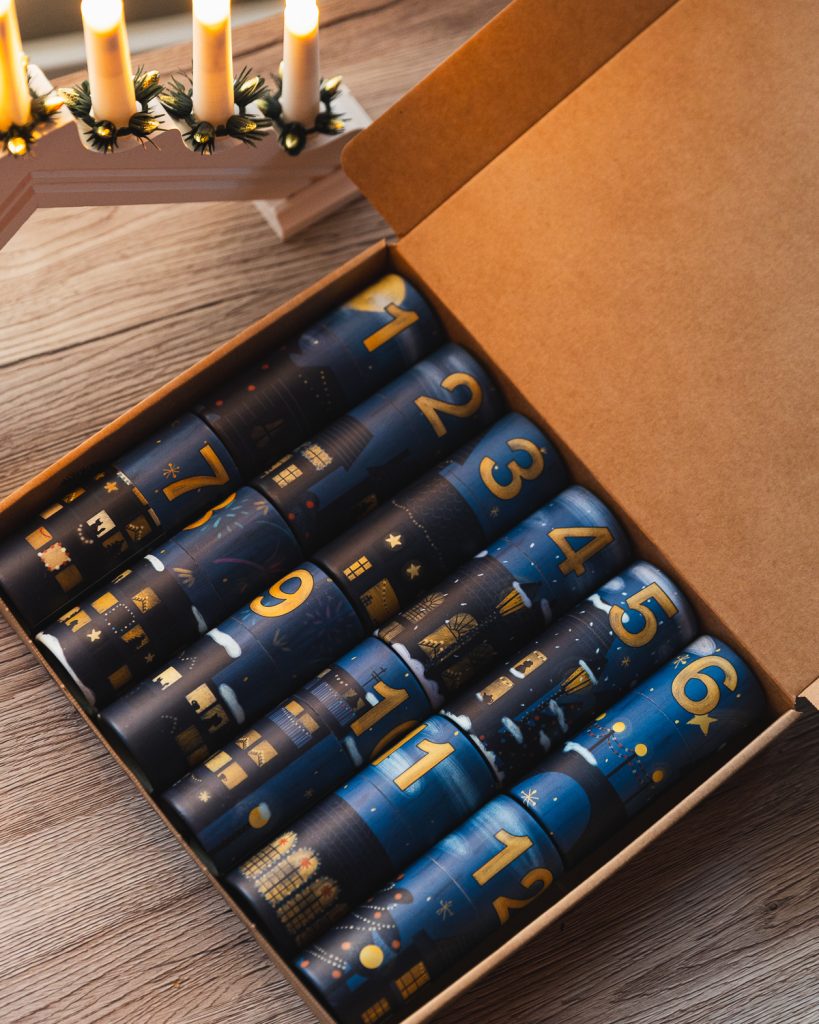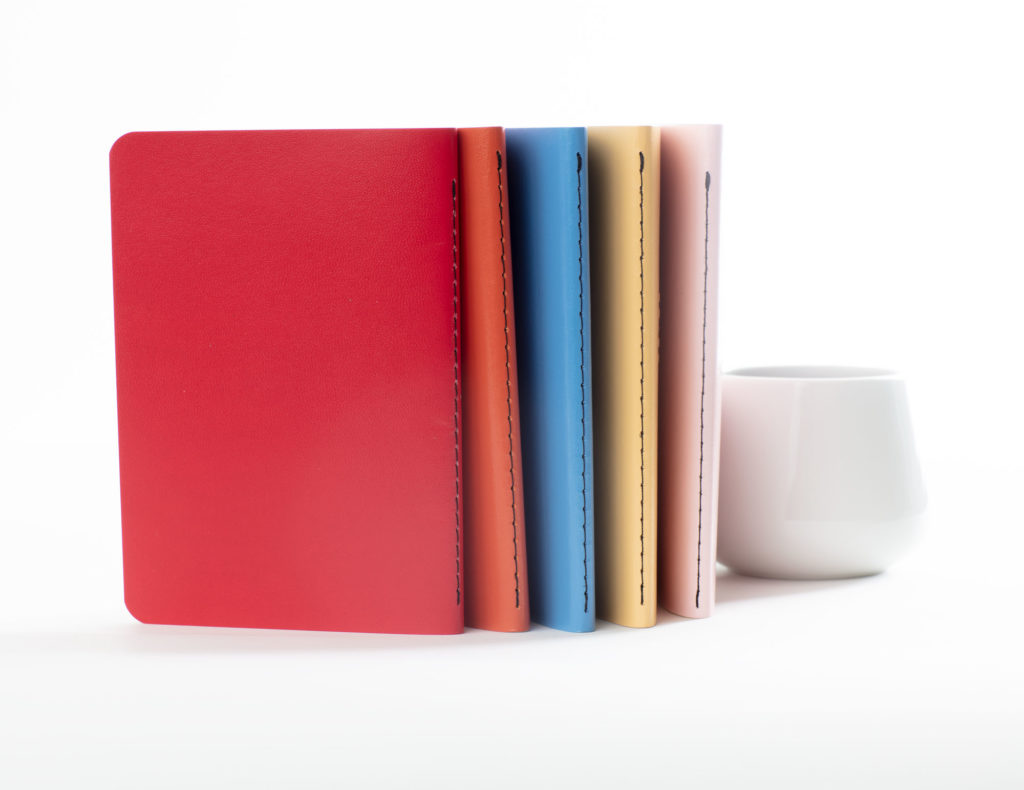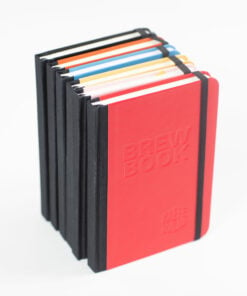Knowledge
How to Use the KaffeBox Brew Book to Elevate Your Coffee Tasting Experience
The KaffeBox Brew Book is the ultimate companion when you’re looking to elevate your daily brewing experience. Why? Because this little book can help you achieve coffee consistency, experiment with new methods, and learn more about your coffee preferences!
Here are 3 good reasons to keep a brewing journal for coffee:
- Consistency: Keeping a brewing journal allows you to maintain consistency in your coffee-making. By tracking the specific details of each brew, such as the coffee-to-water ratio, brew time, water temperature, and grind size you can make adjustments to your process to achieve the same results every time.
- Experimentation: The brewing journal also allows you to experiment with different brewing methods, techniques, and coffee beans. By recording the results of each experiment, you can identify what works best for your taste preferences and create your own signature coffee recipe.
- Learning: Finally, keeping a brewing journal can be a great way to learn more about coffee and the brewing process. By tracking the details of each brew, you can identify patterns and understand how different variables affect the taste of your coffee. You’ll become a bona fide coffee expert in no time!
Here’s how to use your KaffeBox Brew Book
Start by filling in the details about your coffee:
- Coffee Name/ Producer: Fill this out with the name of the coffee and who produced it. This is usually printed on the coffee bag.
- Roaster: Write down the name of the roaster. This is often the same as the producer but can sometimes be different, such as when a local cafe roasts beans from another company.
- Origin: This is where the coffee was grown. It could be a country like Ethiopia, or a region within a country, like Yirgacheffe in Ethiopia.
- Variety: This is the type of coffee bean. Examples include Arabica, Robusta, and various subtypes of these like Bourbon, Typica, and Geisha.
- Process: This refers to how the coffee was processed after being harvested. Common methods include washed, natural, or honey.
- Altitude: This is the elevation at which the coffee was grown. Higher altitudes often lead to more acidic and complex flavors. This information is often found on the coffee bag.
- Brew Date: This is the date you brewed the coffee.
- Roast Date: This is the date the coffee was roasted. This information should be on the coffee bag.
- Brew Method: Write down how you brewed the coffee. Common methods include French Press, pour over, Aeropress, espresso, etc.
- Brew Time: Write down how long you brewed the coffee. For example, a French Press might be 4 minutes, while an espresso shot might be 30 seconds.
- Grind Size: This refers to the coarseness of the coffee grounds. Common terms are coarse, medium-coarse, medium, medium-fine, and fine.
- Brew Ratio: This is the ratio of coffee to water. For example, a common ratio is 1:15, which means 1 gram of coffee to 15 grams (or milliliters) of water.
After you’ve brewed and tasted your coffee, evaluate and rate the following attributes:
Aroma: Rate the aroma of the coffee, which is the first sensory impression you get. It can range from floral to fruity, nutty to chocolaty, depending on the coffee. The aroma gives a hint of what to expect in the cup. Try to identify as many individual scents as you can.
Sweetness: This measures the natural sweetness in the coffee. Try to identify the type of sweetness – does it remind you of fresh fruit, honey, caramel, or molasses? High-quality coffee tends to have a pleasing level of sweetness.
Body: This refers to the feel of the coffee in your mouth. Does it feel light like skim milk, or heavy and creamy? This aspect can be influenced by the brewing method and dosage used.
Acidity: Acidity is a desirable quality in coffee, adding brightness and vibrancy. It’s not about pH level, but the specific quality of the coffee’s acidity. It might be a mild melon-like tang, or a sharper, more lemon-like tartness.
Flavor: Try to pick out the specific flavors in the coffee. It might remind you of certain fruits, nuts, or flowers, or even things like chocolate or wine. Draw on your daily experiences with food to help identify these flavors.
For some additional information – Here’s James Hoffman’s very useful beginners guide to coffee tasting.
Finally, write any additional notes about the coffee and give it a final rating out of 6. This is your overall impression of the coffee. It’s not about being “right” or “wrong” – the most important thing is your personal enjoyment and understanding of the coffee!

